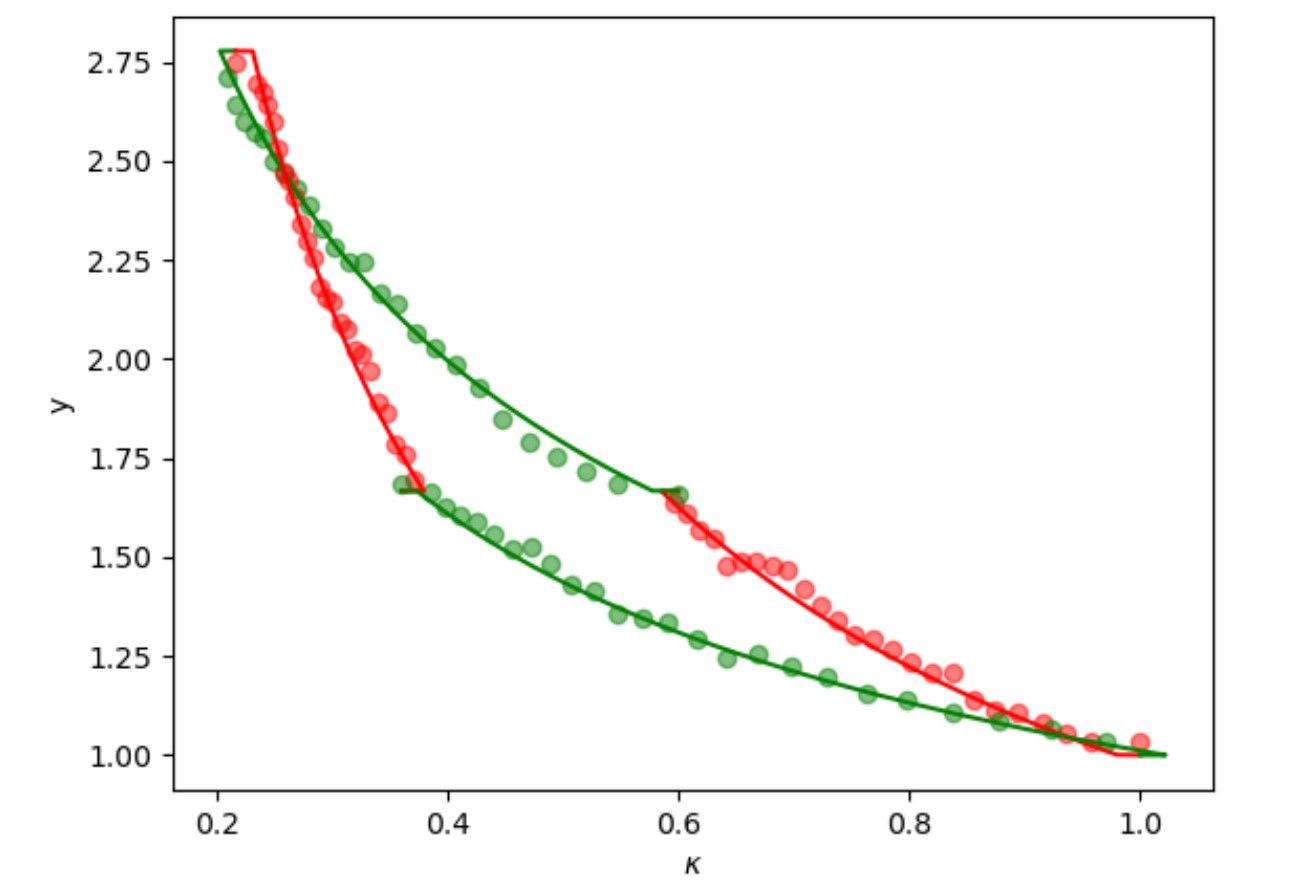
Mesoscopic thermal engines: protocols and characterization
Undergraduate thesis in physics, Universidad de los Andes (2022)
The idea of a heat engine proposed by thermodynamics has been a great achievement in the development of classical physics. Based on this concept, mesoscopic heat engines were derived, which operate at micro-scales where thermal fluctuations acquire an important role for modeling the system. In consequence, the system must be modeled following a probabilistic point of view, as suggested by stochastic thermodynamics. A mesoscopic heat engine of big interest is a colloidal particle immersed in a thermal bath trapped with optical tweezers. This type of systems operate at the non-equilibrium regime and in finite times, thus numerous protocols have been developed to maximize the power and efficiency of this thermal engines. This thesis analyzes three different protocols for mesoscopic thermal engines based on Carnot’s cycle. First, it gives an introduction to comprehend thermal fluctuations. Following, it provides a detailed description on the derivation of each protocol. Based on the latest, each protocol was simulated in order to obtain work and heat distributions, as well as the efficiency an power by fixing the cycle’s time duration. It was found that the protocol that best reproduces the adiabatic processes is the third protocol. Moreover, the third protocol optimize the delivered power. Last but no least, the second protocol has a greater efficiency among the other protocols. Finally, it was concluded that the second or the third protocol should be implemented taking into account the specific requirements needed for the delivered power and efficiency.
Universidad de los Andes | Vigilada Mineducación
Reconocimiento como Universidad: Decreto 1297 del 30 de mayo de 1964.
Reconocimiento personería jurídica: Resolución 28 del 23 de febrero de 1949 Minjusticia.
Web design and programming © Gabriel Téllez
